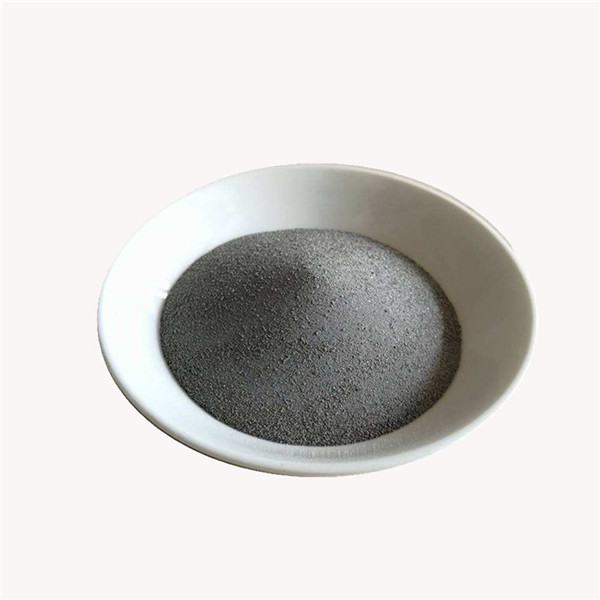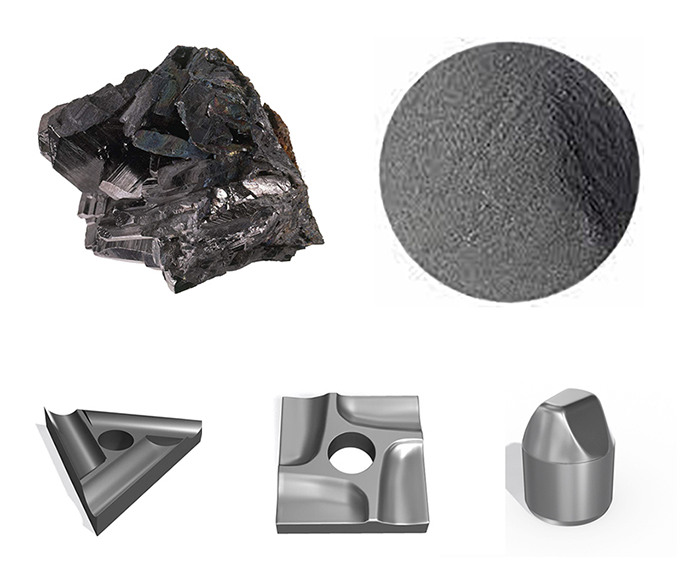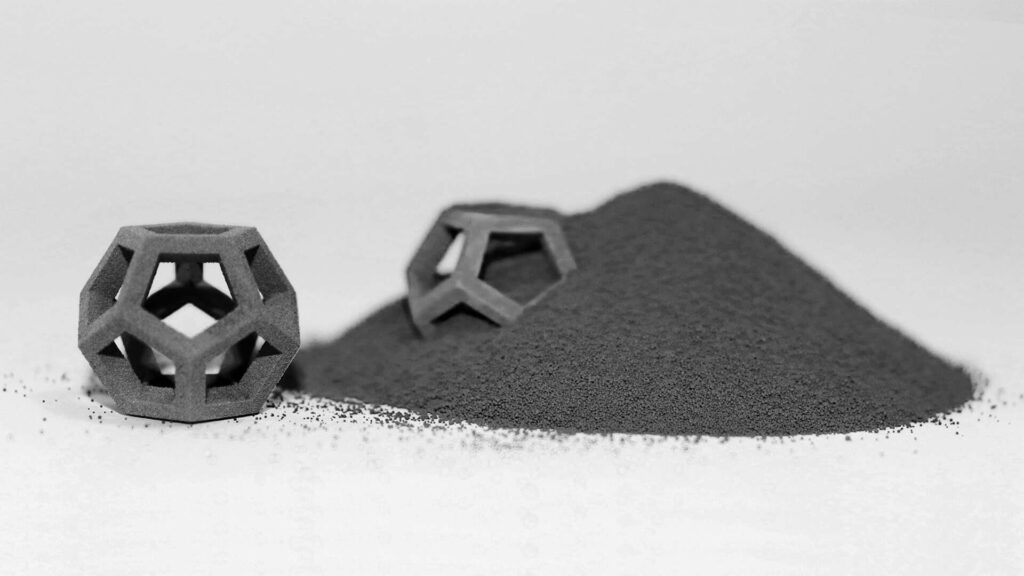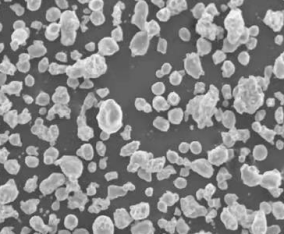Introduction
In recent years, additive manufacturing has taken center stage in various industries, revolutionizing the way products are designed and manufactured. One of the most promising techniques in this field is Electron Beam Melting (EBM), an additive manufacturing process that utilizes an electron beam to selectively melt metal powders and create complex, three-dimensional structures with exceptional precision and strength. This article explores the world of electron beam melting materials, their applications, advantages, challenges, and future trends.
What is Electron Beam Melting (EBM)?
At its core, Electron Beam Melting (EBM) is an advanced additive manufacturing technique that utilizes high-energy electron beams to fuse metal powders together layer by layer. The process takes place in a vacuum environment to prevent contamination and allows for the creation of intricate and fully dense components. Unlike traditional subtractive manufacturing methods, EBM builds up parts from scratch, reducing material waste significantly.

Advantages of Electron Beam Melting Materials
Cost-Effectiveness and Material Efficiency
electron beam melting materials offers a cost-effective production method as it maximizes material utilization. By adding material only where needed, it minimizes waste, making it an environmentally friendly and economically viable manufacturing process.
Design Flexibility and Complex Geometries
The design freedom provided by electron beam melting materials is unparalleled, enabling the production of intricate and customized components that would be impractical or impossible using conventional methods. This capability opens up new possibilities for engineers and designers in various industries.
Reduced Waste and Environmental Impact
As mentioned earlier, electron beam melting materials significantly reduces material waste, making it a sustainable alternative to traditional manufacturing processes. By optimizing material usage and recycling excess powder, it contributes to a greener and cleaner environment.
Applications of Electron Beam Melting Materials
Aerospace Industry
The aerospace sector has embraced electron beam melting materials due to its ability to produce lightweight, yet robust components. From turbine blades to structural elements, EBM plays a vital role in creating high-performance parts for aircraft and spacecraft.
Medical Implants and Prosthetics
electron beam melting materials has made remarkable strides in the medical field, particularly in the creation of patient-specific implants and prosthetics. Its biocompatible materials and precise manufacturing make it ideal for fabricating medical devices with a perfect fit.
Automotive Sector
In the automotive industry, EBM materials find application in lightweighting components, improving fuel efficiency, and enhancing vehicle performance. The process allows manufacturers to design and produce parts that are both strong and lightweight.
Tooling and Prototyping
electron beam melting materials has proved valuable in rapid prototyping and tooling, enabling faster development cycles and reducing lead times. This application allows engineers to test and iterate designs quickly, saving both time and resources.
Materials Used in Electron Beam Melting
Titanium Alloys
Titanium and its alloys are widely used in electron beam melting materials due to their exceptional strength-to-weight ratio and corrosion resistance. These materials are popular in aerospace, medical, and automotive applications.
Nickel-Based Alloys
Nickel-based alloys offer excellent high-temperature performance, making them suitable for gas turbine components and other demanding applications.
Stainless Steels
Stainless steels are commonly used for their corrosion resistance and mechanical properties, making them a versatile choice in various industries.
Aluminum Alloys
Aluminum alloys are favored for their lightweight nature and good mechanical properties, making them ideal for aerospace and automotive applications.
Cobalt-Chrome Alloys
Cobalt-chrome alloys exhibit high strength and biocompatibility, making them well-suited for medical and dental applications.

Electron Beam Melting Process
Preparing the CAD Model
The EBM process begins with creating a Computer-Aided Design (CAD) model of the desired component. This digital model serves as the foundation for the subsequent manufacturing steps.
Powder Bed Preparation
A layer of metal powder is evenly spread on the build platform, where the electron beam will selectively melt and fuse the particles.
Electron Beam Scanning
The electron beam is precisely controlled and directed across the powder bed, selectively melting the powder according to the CAD model’s specifications.
Layer-by-Layer Building
The build platform is lowered, and a new layer of metal powder is spread on top of the previous layer. The process is repeated until the entire component is formed, layer by layer.
Post-Processing and Finishing
Once the build is complete, post-processing steps like heat treatment and machining may be performed to achieve the desired material properties and surface finish.
Challenges and Limitations of Electron Beam Melting
Material Contamination and Purity
Maintaining the purity of the metal powders used in electron beam melting materials is crucial to ensure the final product’s integrity. Contamination can compromise the material properties and lead to defects.
Residual Stresses and Distortions
The rapid heating and cooling during the electron beam melting materials process can result in residual stresses and distortions in the manufactured parts, affecting dimensional accuracy.
Quality Control and Inspection
Inspecting complex EBM components for defects and ensuring their dimensional accuracy can be challenging, requiring advanced inspection techniques.
Build Rate and Production Volume
electron beam melting materials is known for its slow build rates, which can limit large-scale production applications. Improving build speeds while maintaining quality is a significant focus for research and development.
Future Trends in Electron Beam Melting Materials
As technology continues to evolve, the world of EBM materials holds exciting possibilities. Researchers and manufacturers are continually exploring new materials and processes to expand the applications of EBM further.

Conclusion
Electron Beam Melting materials have ushered in a new era of additive manufacturing, offering numerous advantages and opportunities across various industries. As a cost-effective and material-efficient process, electron beam melting materials contributes to sustainable manufacturing practices by minimizing waste and maximizing material utilization. Its design flexibility and ability to create complex geometries provide engineers and designers with unprecedented freedom in product development.
FAQs
1. Is Electron Beam Melting the same as 3D printing?
While both Electron Beam Melting and 3D printing fall under the umbrella of additive manufacturing, they use different techniques. EBM utilizes high-energy electron beams to melt metal powders, while 3D printing often involves extruding or curing materials layer by layer.
2. Are Electron Beam Melting materials as strong as conventionally manufactured materials?
Yes, Electron Beam Melting materials can be just as strong and sometimes even stronger than conventionally manufactured materials. The precise control of the manufacturing process and the absence of defects contribute to the materials’ high strength.
3. How does EBM benefit the medical industry?
EBM is highly beneficial in the medical industry for creating patient-specific implants and prosthetics. The biocompatibility of EBM materials ensures a perfect fit, reducing complications and improving patient outcomes.
4. Can EBM materials be recycled?
Yes, electron beam melting materials materials can be recycled. Excess metal powder can be collected and reused, contributing to the process’s material efficiency and reducing waste.
5. What industries are most likely to adopt EBM in the future?
As EBM technology continues to advance, industries such as aerospace, medical, automotive, and tooling are expected to further embrace and adopt the benefits of Electron Beam Melting materials.

